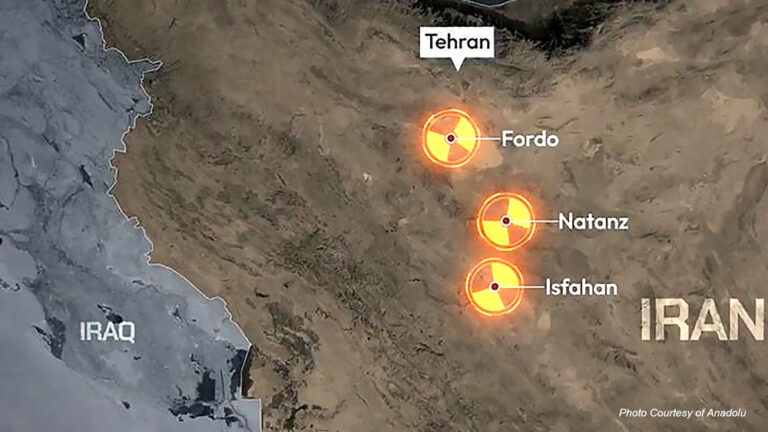Fog on Mars, storms on Jupiter and fiery flares on the Sun – stunning close up images of our nearest planetary neighbours are going on show at London’s Natural History Museum.
What would you see if you travelled to the surface of Mars? Or were able to drift in and out of Saturn’s rings?
A new exhibition – Otherworlds – focuses on the creative work of US-based artist Michael Benson. He mixes art with science – to make crisp, colourful and seamless digital images from data sent back to Earth by Nasa and ESA spacecraft.
The museum’s Poppy Cooper, who helped put the show together, says the 77 images are meant to represent what humans would see if they went to visit those places.
Moonlight on the Adriatic
As seen from the International Space Station, this first image looks back to Earth.
The boot of Italy is clearly visible. The bright lights in the bottom right hand corner is Milan.
The Adriatic Sea sparkles in the moonlight – although, as Poppy Cooper points out, moonlight is of course reflected sunlight.
Typhoon over Bay of Bengal
This immense vortex of Tropical Cyclone 03B slammed into India’s east coast at the end of 2003, with wind speeds approaching 120 kilometres an hour.
Eclipse of the Sun by Earth
“Incredibly violent, energetic and quite frightening” is how Poppy Cooper describes the next image, which shows the right hand side of the Sun in the Earth’s shadow.
Giant solar flares leap out from the surface. Benson used raw data from a UV exposure to create this visually stimulating photo.
Ground fog in Valles Marineris
It is foggy on Mars.
This next image shows the planet’s Valles Marineris canyon system – which is about as wide as Australia, and at almost 4,000km long, is the largest in the Solar System.
A fog hugs the canyon floor, which is more than 6.5km deep in places – more than three times deeper than the Grand Canyon in the United States.
Global dust storm on Mars
Mars can also bear witness to giant dust storms which can last for months.
“The scale is amazing. It just reminds you how active all these other worlds are,” says Poppy Cooper.
“Our planet is not unique in that respect – other planets are constantly changing and moving.”
ate afternoon on Mars
This more peaceful image was taken late afternoon during a Martian day
In the distance is Husband Hill – named in memory of Columbia Space Shuttle Commander Rick Husband.
He died with six other astronauts in 2003, when Columbia disintegrated as it re-entered the Earth’s atmosphere.
A Warming Comet
There are hundreds of comets flying around the Solar System – celestial bodies moving about the Sun in stretched orbits.
This image is of the oddly twin-lobed Comet 67P/Churyumov-Gerasimenko – which was discovered in 1969.
It starts to vent gas and dust as it heats up – about a month before perihelion, the point at which it is closest to the Sun along its orbit.
Stormy Jupiter
Jupiter’s Great Red Spot can be clearly seen here.
A persistent anti-cyclonic storm, it impedes the progress of the white clouds to its right – funnelling them into streaming tendrils below.
The churning dynamo is three times the size of Earth and has been raging for at least 348 years.
Europa, an ice-covered ocean moon
This next image shows the jumbled faults and curving ridges that sprawl out across the icy surface of Europa – one of the dozens of moons of Jupiter.
It is slightly smaller than our own Moon.
Crescent Jupiter and Ganymede
Jupiter – the Solar System’s largest planet – dwarfs its largest moon Ganymede, seen here on the right.
Ganymede is the ninth largest object in the solar system and is bigger than the planet Mercury.
Like Europa, Ganymede’s surface is composed of water ice, and is thought to have a sub-surface ocean.
Dark side of the rings
“It looks a bit like a marble or a hat you might wear to a wedding – the colours are beautiful,” says Poppy Cooper of this image which looks down on Saturn’s northern regions.
Dust and ice make up the distinctive rings which circle the planet – into which you could fit 763 (and a bit) Earths.
“Their relative dimensions are thinner than a sheet of paper. They are hundreds of kilometres long, but only about 10 metres deep.”
Enceladus vents water into space
“A lot of people have been drawn to this image of Enceladus, one of Saturn’s moons, because it looks a bit like the Death Star in Star Wars,” says Cooper.
The moon is bathed in direct sunlight on the left, with reflected sunlight from Saturn illuminating it on the right.
At the top of the moon, erupts a vast spray of water into space – which immediately freezes.
“Enceladus is very reminiscent of our own moon but it is much more active,” says Cooper.
“It is believed to have a sub-surface ocean – which leaves people wondering if it might have the conditions to host life.”
Uranus and its rings
“I like this because it’s so perfect and symmetrical – like a computer graphic – but it is actually real,” says Cooper of this image of the planet Uranus.
“The blue comes from the methane in the atmosphere – reacting with the light from the Sun.”
The third largest planet in our Solar System, Uranus was discovered in 1781 by the astronomer William Herschel – but its faint rings were only spotted in 1977.
A Plutonian Haze
This final glowing image is of the chilly dwarf planet Pluto – on the edge of our Solar System.
“I love the idea there might be blue skies on Pluto – it’s romantic,” says Poppy Cooper.
“It’s so other-worldly it couldn’t be Earth. It looks cold, distant, inhospitable.”
But the blue haze – captured last year by Nasa’s New Horizons spacecraft – is light from the giant Sun, hidden here behind tiny Pluto.(Paul Kerley)
Link: http://www.bbc.com/news/science-environment-35292518



